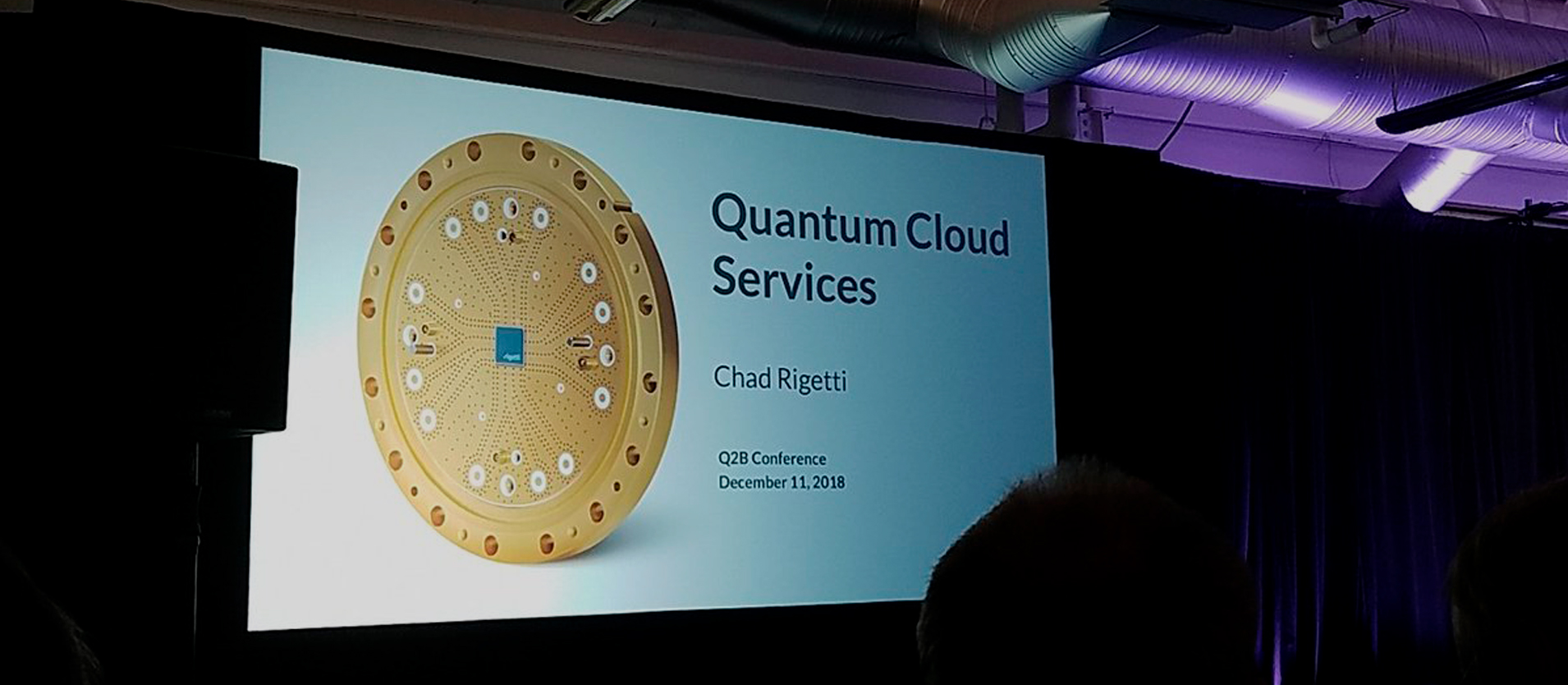Quantum Artificial Life in an IBM Quantum Computer
A group of international researchers (U.Alvarez-Rodriguez, M.Sanz, L.Lamata & E.Solano) used the IBM quantum computer (available online for free at IBM Quantum Experience) to carry on a research to mimic common stages of life in a controlled virtual environment.
The researchers published a paper on “Scientific Reports” about the first experimental realization of a quantum artificial life algorithm in a quantum computer (the IBM Q5 “Tenerife”, a 5-qubit quantum computer).
Since 1980s, the field of artificial life has examined various living systems by an artificial and synthetic approach, with the aim of developing a better understanding of life by means of software. Researchers are of the opinion that the first artificial life model was developed in 1951 by von Neumann. The concept of automata of was described on a cellular level and a self-replicating system was proposed with the intention of developing a universal formal computation system that will be prone to unrestricted evolution.
The most famous cellular automaton is the Conway’s Game of Life, devised by the British mathematician John Horton Conway in 1970.
What the authors of the study tried to do is an enhanced version of von Neumann cellular automata, ported into the world of quantum computation.
Compared to the classical version, the researchers exploited the peculiar phenomena of quantum mechanics (superposition of states and entanglements) with the aim of understanding if microscopic quantum systems are able to efficiently encode typical behaviors of biological systems: self-replication, mutation, the interaction between individuals and death.
The researchers have engineered and implemented a “quantum artificial life” protocol. We begin with a brief description of the model for quantum artificial life, whose most important element are the ‘quantum living units’ or ‘individuals’. Each of them is expressed in terms of two qubits the we call genotype and phenotype. The genotype contains the information describing the type of living unit, an information that is transmitted from generation to generation. The state of the phenotype is determined by two factors: the genetic information and the interaction between the individual and its environment. This state, together with the information it encodes, is degraded during the lifetime of the individual.
The goal of the proposed model is to reproduce the characteristic processes of Darwinian evolution, adapted to the language of quantum algorithms and quantum computing. The self-replication mechanism is based on two partial quantum cloning events, an operation that entangles either the genotype or the phenotype with a blank state and copies a certain expectation value of the original qubit in both of the outcome qubits. The next subprotocol in the algorithm is the interaction between the individuals and the environment, which emulates the aging of living units until an asymptotic state that represents its death. The protocol also accounts for mutations, performed via random single qubit rotations in the genotype qubits or via errors in the self-replicating process. The final ingredient is the interaction between individuals, which conditionally exchange the phenotypes depending on the genotypes. The conjunction of these components leads to a minimal but consistent Darwinian quantum scenario. The protocol may be enriched when including spatial information, either quantum or classical, or increasing the model complexity by considering a larger set of observables.

Quantum circuit diagram for the protocol of two interacting individuals
“Our quantum individuals are driven by an adaptation effort along the lines of a quantum Darwinian evolution, which effectively transfer the quantum information through generations of larger multiqubit entangled states”, say the researchers.
Now that a quantum artificial life algorithm has been designed and implemented successfully, the next step is scalability, to allow more individuals to expand the attributes attributed to them. For example, researchers are working on the possibility of adding “gender features” to qubits, to further explore social and sexual interactions at the quantum level.
Finally, the group of researchers believe that the presented results and vision, both in theory and experiments, should hoist this innovative research line as one of the leading banners in the future of quantum technologies.




